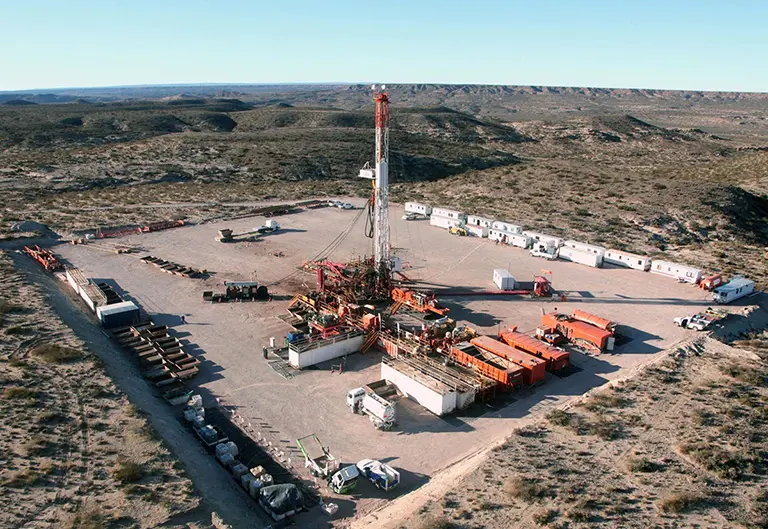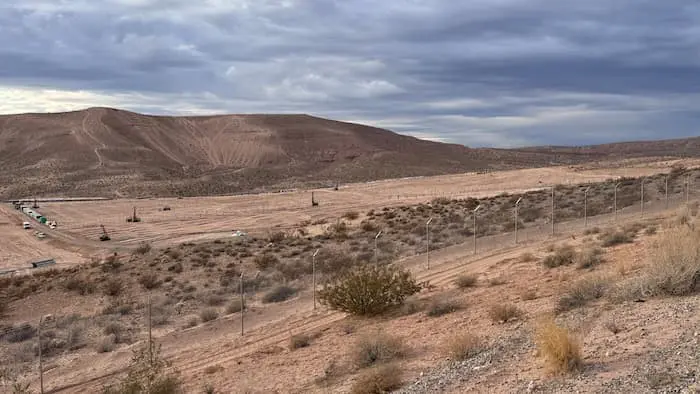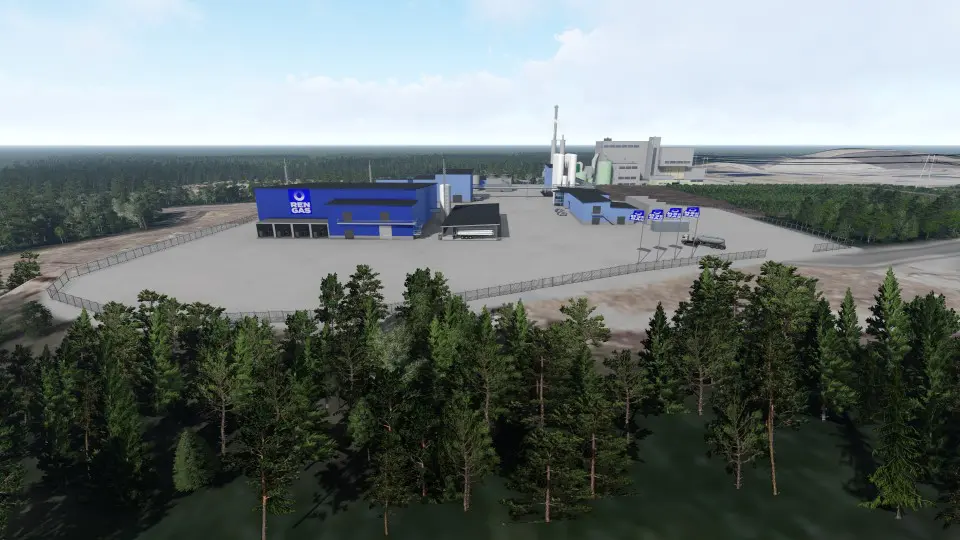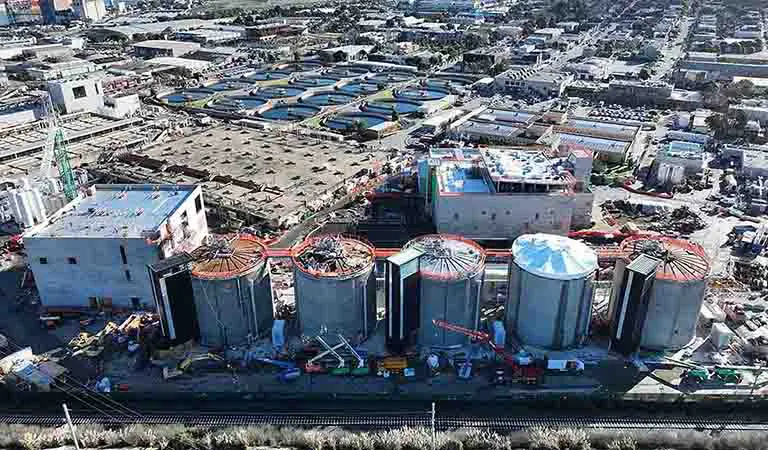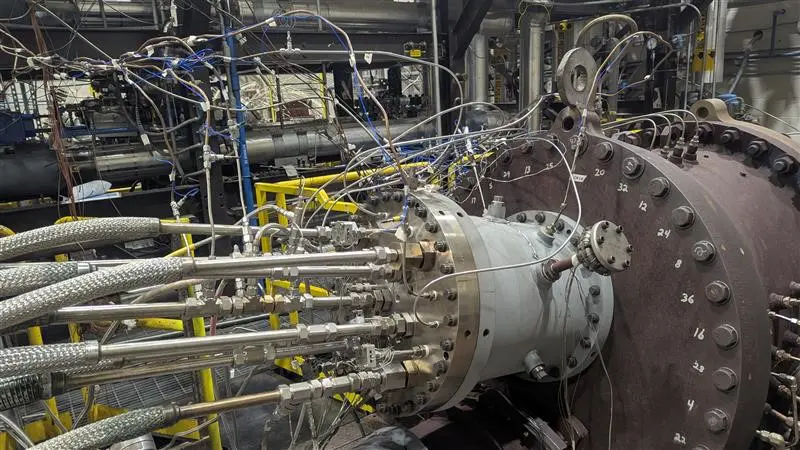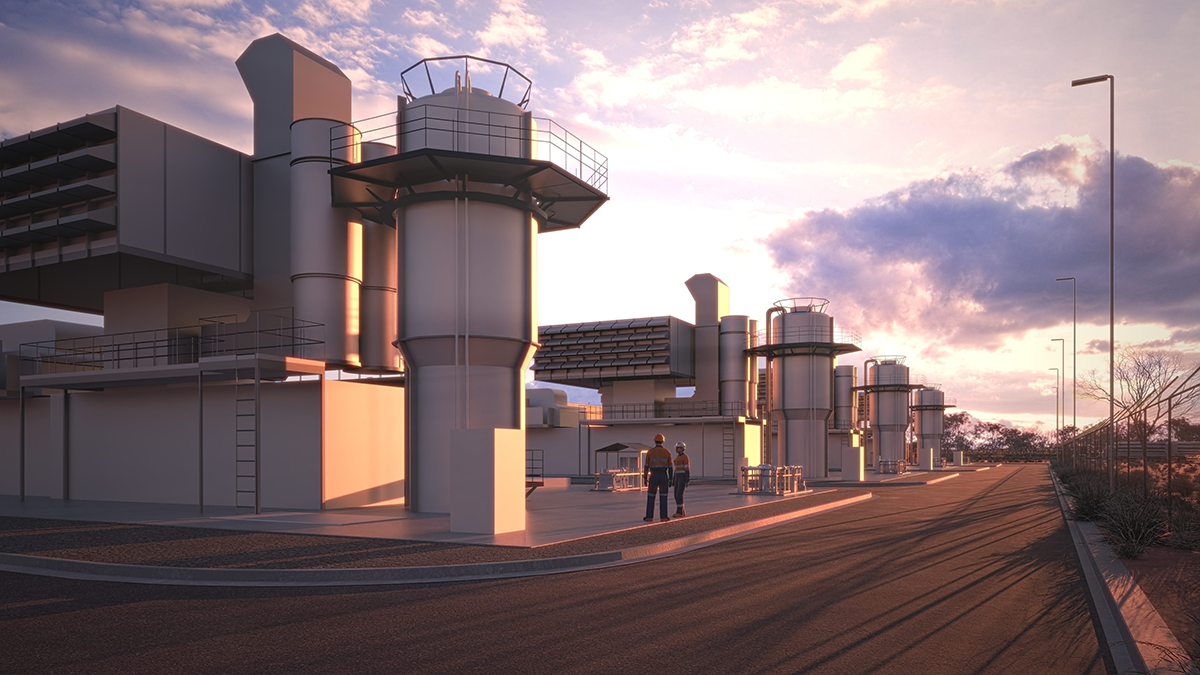
Amazon Meets 100% Renewable Energy Goal Seven Years Early
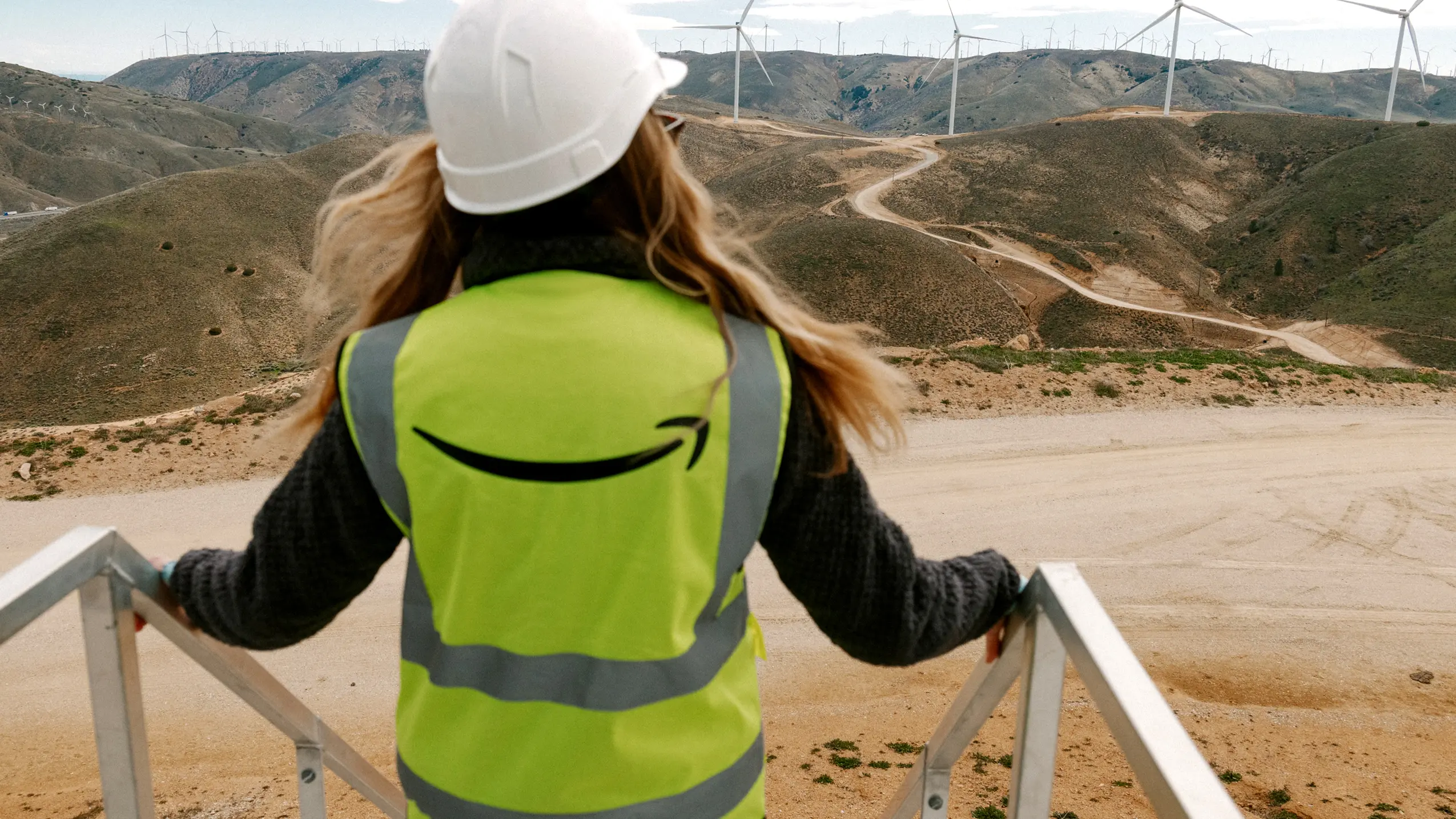
In 2019, Amazon set a goal to match all the electricity consumed across its global operations — including data centers, corporate buildings, grocery stores, and fulfillment centers — with 100% renewable energy by 2030. It achieved the goal in 2023 by becoming the largest corporate purchaser of renewable energy in the world for four years running, according to Bloomberg NEF, and have invested billions of dollars in more than 500 solar and wind projects globally, which together, can generate enough energy to power the equivalent of 7.6 million US homes.
Amazon also has a Climate Pledge to reach net-zero carbon by 2040. Amazon said that increasing demand for generative artificial intelligence (AI) will require different sources of energy than originally projected, so it will need to evolve its approach to work toward net-zero carbon. Amazon will continue investing heavily to add substantial amounts of renewable energy to its portfolio while exploring new carbon-free energy sources that can complement renewables and balance its needs.
“Reaching our renewable energy goal is an incredible achievement, and we’re proud of the work we’ve done to get here, seven years early. We also know that this is just a moment in time, and our work to decarbonize our operations will not always be the same each year — we’ll continue to make progress, while also constantly evolving on our path to 2040,” said Amazon Chief Sustainability Officer Kara Hurst. “Our teams will remain ambitious and continue to do what is right for our business, our customers, and the planet. That’s why we’ll continue investing in solar and wind projects, while also supporting other forms of carbon-free energy, like nuclear, battery storage, and emerging technologies that can help power our operations for decades to come.”
“By achieving its 100% renewable energy goal, Amazon has made it possible for hundreds of new solar and wind projects to be constructed, bringing new sources of clean energy to grids and communities around the world,” said Kyle Harrison, head of sustainability research at BloombergNEF. “Addressing climate change while balancing society’s skyrocketing energy demands is a massive challenge, and Amazon’s commitment to clean power demonstrates how a single company can help accelerate the transition to the low-carbon economy on a global scale.”
Since 2019, Amazon enabled renewable energy projects in 27 countries. It was the first corporation to enable utility-scale renewable energy projects in India, Greece, South Africa, Japan, and Indonesia, among other countries. To accomplish this, Amazon worked with policymakers to enable policies to help corporations support the construction of new solar and wind projects in these countries. The use of renewable energy has also been incorporated across Amazon’s broader corporate footprint. Amazon’s HQ2 headquarters in Virginia was designed to run with zero operational carbon emissions, and its electricity consumption is matched by a local solar farm. In addition to utility-scale projects, Amazon enabled almost 300 on-site solar projects on the rooftops and properties of Amazon fulfillment centers, Whole Foods Market stores, and other corporate buildings around the world. In total, Amazon’s renewable energy portfolio will help avoid an estimated 27.8 million tons (25.2 million tonnes) of carbon per year once all projects are operational.

